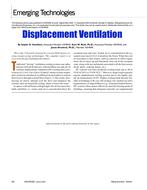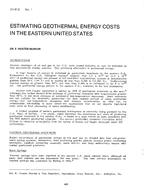Buildings account for 40% of total global energy use and contribute towards 30% of total CO2 emissions. Heating ventilation and air conditioning (HVAC) systems are the major sources of energy consumption in buildings, and there has been extensive research focusing on efficiently control them. However, in most cases, this is achieved at the cost of sacrificing thermal, visual and/or IAQ comfort. High level of carbon dioxide – which is commonly used a metric for measuring air quality, can affect student’s ability to concentrate on academic tasks. This research is aimed at developing a method for optimizing the operation of the window opening to facilitate natural ventilation, window blinds to reduce energy consumption and heat recovery unit (HRU) to provide thermally comfortable environment in a low energy educational building (rated BREEAM excellent ≈ LEED platinum). The research employs model-based optimization using a daylight-coupled thermal model in EnergyPlus to model the interrelationships between blind positions; window opening; lighting and heating/cooling energy consumption; and thermal comfort. A simple genetic algorithm has been used to minimize energy consumption, enhance IAQ, thermal and visual comfort (which are competitive constraints with each other). The optimization takes into account the scheduling of the window opening, HRU and blind’ operation in case study building. Optimization results highlighted the potential cost savings while considering energy consumption as an objective function and, thermal comfort, IAQ and visual comfort as constraints. The paper also reports on the directions for further research, in particular on the use of surrogate models and machine learning techniques so that the proposed optimization methods can be used without significant computation overheads.
Citation: ASHRAE and AIVC IAQ 2016 Conf
Product Details
- Published:
- 2016
- Number of Pages:
- 9
- Units of Measure:
- Dual
- File Size:
- 1 file , 1.4 MB
- Product Code(s):
- D-2016IAQ-25


